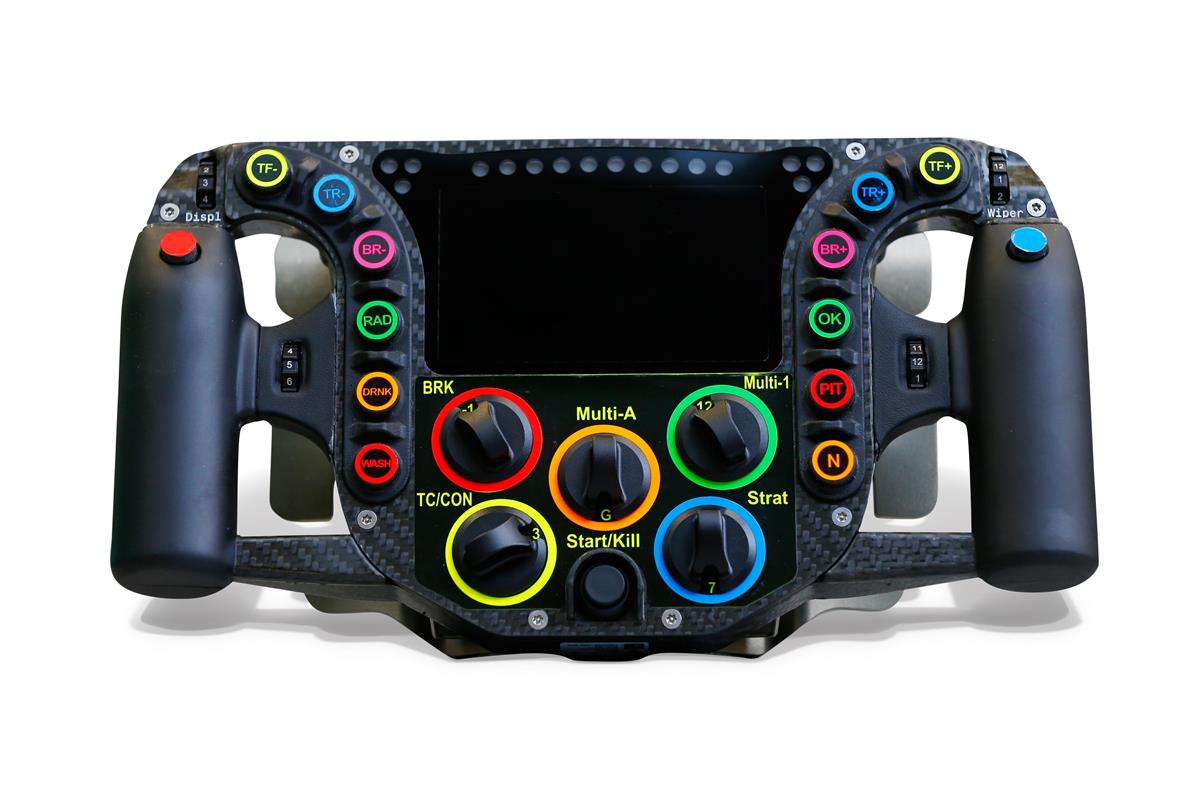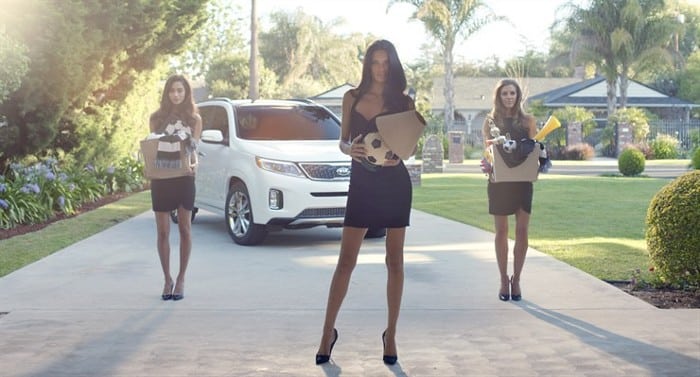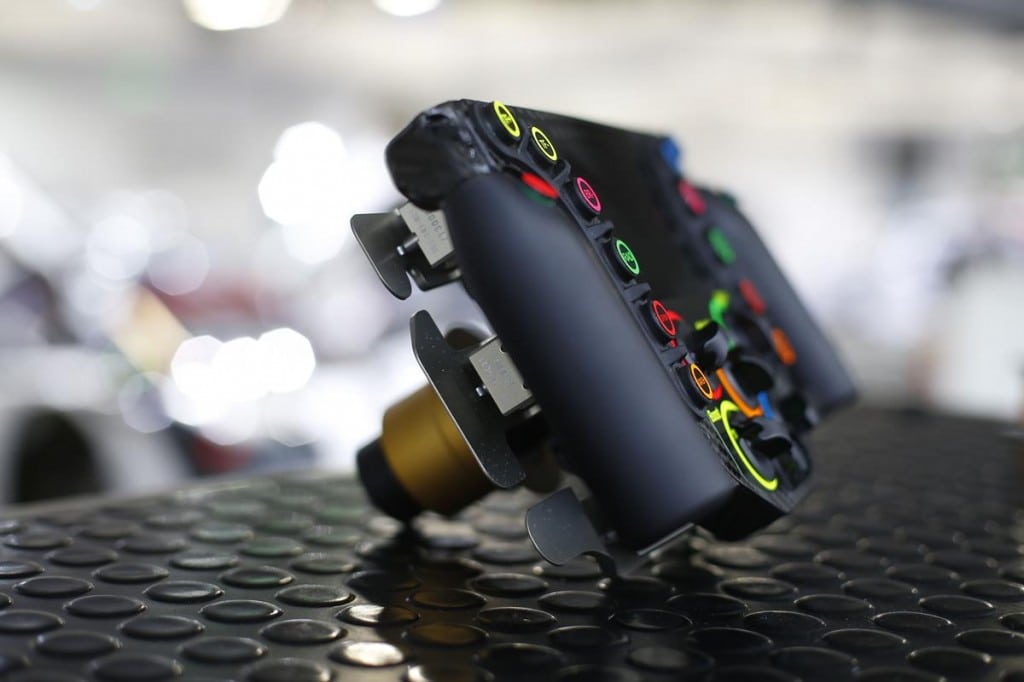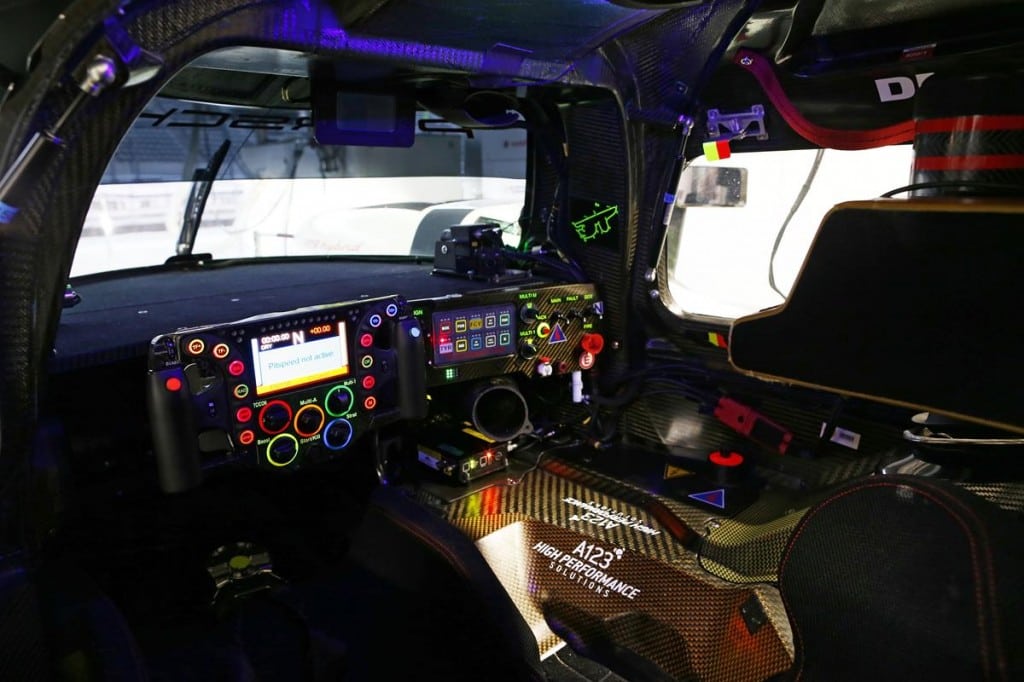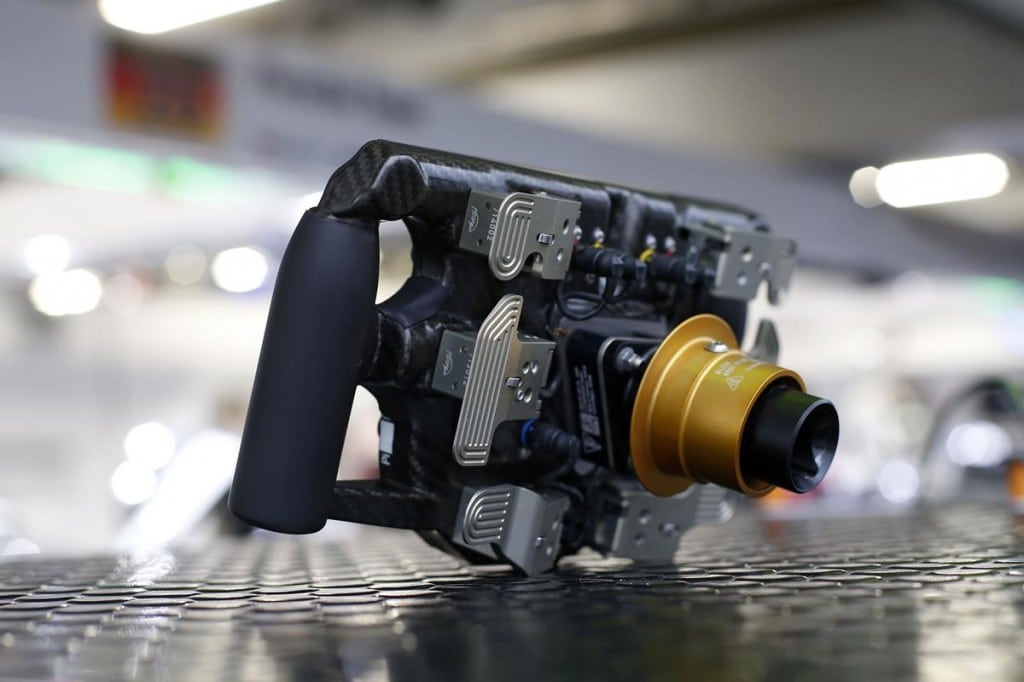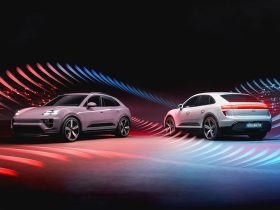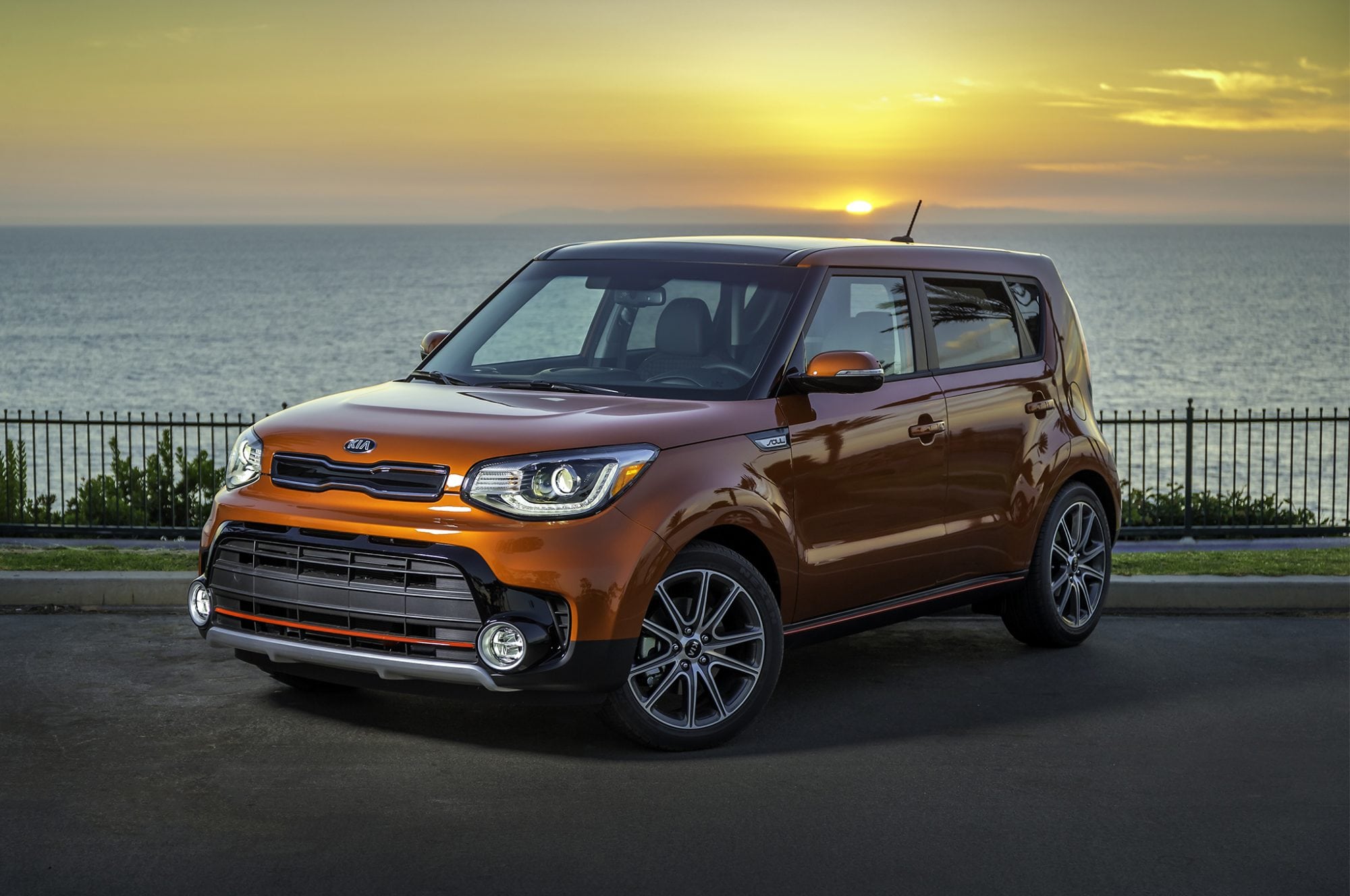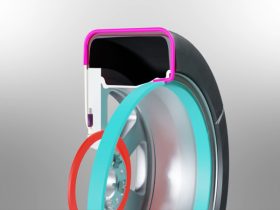If you own a Class 1 Le Mans car, then you’re familiar with the highly complex steering wheels mounted in those cars. If you’re the rest of us, though, it’s a subject of endless fascination as we try to imagine what having a steering wheel who’s lowest function is turning the wheels because every other thing in the car is also controlled via buttons and dials on that wheel.
FIA racers have a computer in their hands and it’s a wonder they stay on the track given the amount of things that must be done in any given circuit. Imagine trying to operate your tablet while driving at 200 mph.. and doing so with gloves on. That’s basically what you’ve got going on here.
Although it is called a steering wheel, it is not round but a flat rectangle. The shape is due to the space required during driver changes. Tall drivers such as Mark Webber or Brendon Hartley, in particular, would otherwise have difficulties in accommodating their long legs quickly. There is a large display in the center, which displays a multitude of information to the driver. This includes the speed, what gear is engaged, the currently-selected motor management, and the charge status of the lithium ion battery (i.e. how much electrical energy is available to be called up to drive the front axle). The control button at the top left is used to select the displayed information, while the drivers use the control button in the right grip handle to dim down the display brightness at night. The identical control button in the left grip handle is for the volume of the pit radio, and the fourth rotary-type control at the top right varies the interval timing of the windscreen wiper.
From there, it gets more complicated. Ya, I said “more complicated.” The most frequently used buttons are positioned along the top outside edge, so they are easily reached with the thumb. The blue button at the top right which is almost always in use, is the headlamp flasher, used by the fast prototypes to warn the slower vehicles in the WEC field before they are lapped. When pushed once, it causes the headlamps to flash three times. In daylight, the drivers keep their thumb on it almost permanently, as naturally the headlamp signal is more difficult to perceive at that time. Similarly, the top-leftmost red button is used often as it’s what demands power from the battery to engage the motor on the front wheels, usually when coming out of a curve or during a pass maneuver when an extra boost is needed.
A bit further inside on the right and left are the plus and minus switches to adjust the front and rear traction control and to distribute the brake balance between the front and rear axle. These (yellow, blue and pink) are not used quite as frequently.
The orange buttons further down operate the drinking system (on left) and put the transmission in neutral (on right). The red button at the bottom left is for the windscreen washer, the red one on the right side activates the cruise control to restrict the speed in the pit lane.
The green buttons are for radio communication and on the right is an OK button which sends a quick bleep to acknowledge a settings change on the car. Most of those are done through the rotary switches on the “meat” of the steering wheel.
Those rotary switches are where the driver’s memorization and pit crew calls are most often carried out. The Multi switches, as they’re called, often work in pairs, usually to conduct computer control settings in the car. One might be setting A# and the other B#, so if the driver is asked to set the brake balance to “A2, B3” then one dial A is set to “2” and dial B is set to “3.” This, obviously, is generally done on a straightaway since one hand must be removed from the grip to make these adjustments. At night, a black light lamp illuminates the dials, which are fluorescent color coded.
Then, of course, on the back of the wheel, just beyond the grip points, are the paddles for shifting and operating the clutch. Another paddle can be used to operate the boost in lieu of the red button. Another paddle engages manual energy regeneration and can be used as a sort of brake when entering curves or breaking for the pits.
Still think race car driving is easy? OK, without looking, tell me what that green button was for again. The one on the left. Exactly.


